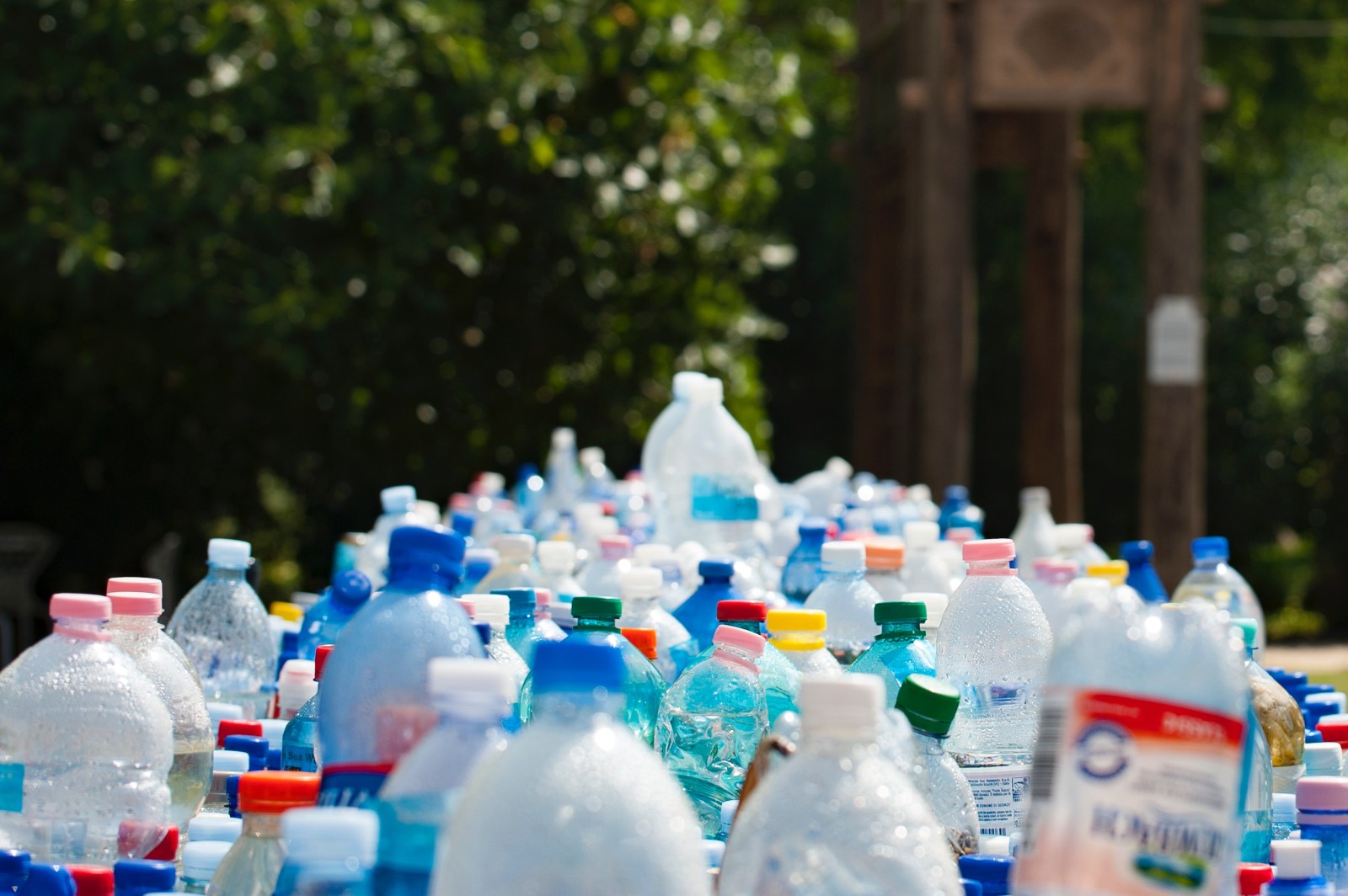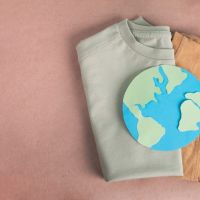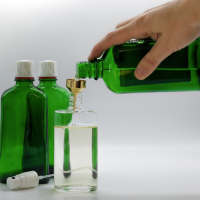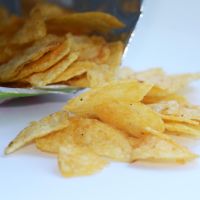Cutting resource use: it's in the design
Ez is érdekelhet

The report Delivering Resource-Efficient Products – how Ecodesign can drive a circular economy in Europe is available for download here.
The EU should make better use of one of the most powerful tools at its disposal if it wants to reduce resource consumption in Europe and bring about a circular economy, according to a new report from the European Environmental Bureau (EEB). The Ecodesign Directive is already delivering substantial energy savings and is allowing consumers to save hundreds of euros on their energy bills each year [1]. Delivering Resource Efficient Products argues that setting requirements on resource use would be politically timely and provide further benefits to both businesses and consumers.
Carsten Wachholz, the European Environmental Bureau’s Policy Officer for EU Product Policy, said: “The Commission has said it will issue a proposal on the circular economy by the end of the year which addresses product design. This report lays the path for doing just that. Ecodesign could push producers to design their products so that are more easily repairable, longer-lasting and more recyclable. This would help cut waste, create millions of new jobs across the EU and reduce the impact our resource consumption has on the environment.”
To date, the EU has developed several strategies to tackle unsustainable levels of resource consumption but has so far not acted on them [2]. The EEB’s report finds that the Ecodesign Directive is well-suited to achieve this objective. The directive already sets requirements on energy use for electrical and electronic products in order to cut their impact on the environment, and it could do so for resource use too.
Many of the products covered under the Ecodesign Directive contain critical raw materials which Europe largely imports. Recovering, re-using and recycling these metals, as well as increasing the EU’s resource productivity, could create two million new jobs by 2030 [3], encourage innovation, and mitigate the adverse impact that future price rises for these virgin materials will have on European industry [4].
Prolonging the lifetime of a product, compared to replacing it early, can deliver significant resource savings. The report finds that carrying out a range of simple, already available design options to extend the lifetime of laptops, printers and washing machines in the EU could lead to savings in greenhouse emissions of over 1 million tonnes per year, which is the equivalent of taking 477,000 cars off the road for one year [5].
The report highlights three ways the Ecodesign Directive can deliver more resource-efficient products:
- Identifying design requirements that support better repairability and durability of products;
- Ensuring that selected materials in products are managed carefully from production to end-of-life, including options to use high shares of recycled content and support their high-quality recyclability;
- Removing problematic or hazardous substances undermining the potential for re-using components or material from products.
The report also argues that getting producers to provide information about the materials contained in a product, which would help repair, disassembly and adequate treatment at the end-of-life stage, would drive the development of a circular economy in Europe. The information could be provided along with the product when it is purchased, or be easily accessible in a standardised format to help downstream users like repair services, re-use centres or recycling companies.
Carsten Wachholz added: “Europe is import-dependent for many of the critical materials that are used in consumer products. So it makes sense to find ways to reduce the use of these materials and keep them in circulation for as long as possible. The Ecodesign Directive, coupled with strong waste management policies, can help deliver that and make Europe more resource-efficient.”
ENDS
For further information please contact:
Carsten Wachholz, EEB Policy Officer for Resource Use in Products, [email protected], or on +32 472 12 91 53.
Sébastien Pant, EEB Communications Officer for Air Quality and Resource Efficiency, [email protected], or on +32 4 70 13 47 38
[1] By 2020, together with the Energy Labelling Directive, the Ecodesign Directive is expected to deliver over 40% of the EU’s 2020 energy efficiency target and reduce home and office energy bills to the tune of €110 billion. From report ‘Ecodesign Impact Accounting’, part 1, Nov 2013.
[2] The European Commission developed its ‘Thematic Strategy on the Sustainable Use of Natural Resources’ in 2006 and created the ‘Roadmap to a Resource Efficient Europe’ in 2011.
[3] A study for the European Commission has estimated that increasing resource productivity by 2% per year could create two million extra jobs in the EU by 2030.
[4] The Ellen MacArthur Foundation stated that part of the EU manufacturing sector could benefit from net material cost savings worth up to €410-490 billion per year by 2025, simply by stimulating economic activity in the areas of product development, remanufacturing and refurbishment.
[5] From the EEB’s report, 'Delivering Resource Efficient Products', page 8.







